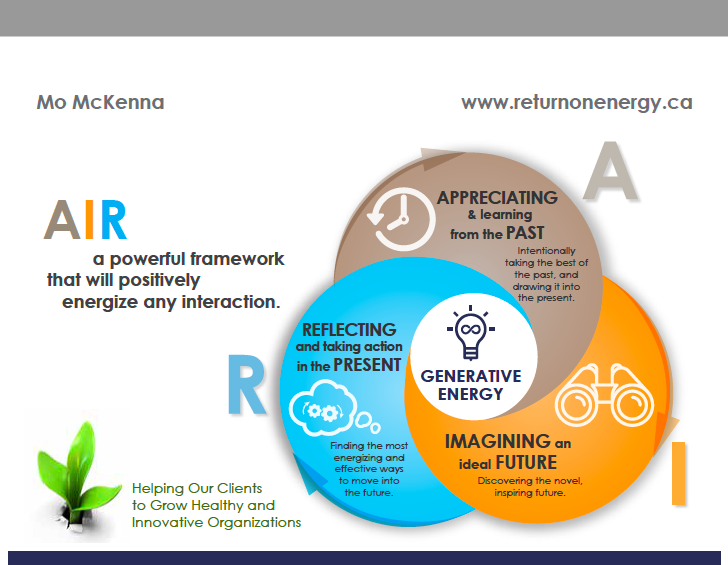Feedback.
I’ve been thinking about this word a lot lately in context of professional work I’ve done in the past. Performance “feedback” is built into the human resource infrastructure of many (maybe most) companies. I’ve designed performance management programs for several organizations in the span of my consulting career, including developing competencies (those behavioural statements) that spell out what solid performance looks like in action.
For the most part, this has been fun work. But it hit me as I was co-hosting a round table on business relationships recently that performance feedback only works if there is genuine trust, respect and faith between the person giving the feedback (often the “boss”) and the person receiving it (typically the “employee”). In the absence of the emotional soft stuff—the relationship glue between two people—feedback will fall on deaf ears.
Here is a story that illustrates this point, as told by one of the very smart participants at the round table, Maureen McKenna. I have known “Mo” for many years through professional circles. She is a wise and feisty Scottish gal who has been a trailblazer for progressive reform in organizations for a very long time. She started her career at the Xerox boy’s club in the 1970s and rose steadily there for more than twenty years before leaping to the consulting side as an “energy catalyst”.
One of Maureen’s clients is a regional hospital. The nurse manager was having an issue with a nurse (Maureen kept the details in confidence), and wanted to escalate resolution because the issue had been going on for close to two months. Dealing with performance issues can be icky business for a boss, and many avoid it because they fear the employee may become defensive.
Maureen suggested the nurse manager tackle the problem by giving it some A.I.R. This strength-based story methodology gets results by building a solid relationship foundation on which to resolve issues between people.
The manager nurse met with her subordinate, but rather than dive into her concerns she adopted the A.I.R. approach, and breathed new life into her relationship. Here is how that looked.
“A” stands for “appreciate and learn”. The nurse manager began the meeting by asking the other nurse why she went into nursing in the first place. The nurse manager wanted to understand what her colleague appreciated about her career, and what she wanted to honour in her past. It turns out this nurse was the third-generation of nurses in her family, and was proud of her heritage.
“I” stands for “imagine.” The nurse manager then asked the nurse to imagine the future she wanted. This was an opportunity for the nurse manager to understand her colleague’s aspirations and motivation, which was a move to pediatrics. By doing this the nurse manager demonstrated that she “saw” and “heard” her colleague. With these new insights she could demonstrate how she could be a champion for her future.
“R” stands for “reflect and take action”. With a stronger appreciation of her colleague’s motivation and aspirations, it opened a door for the nurse manager to talk about the problem at hand. With this came an opportunity for them to “reflect” on the best actions to take. They came to a mutual agreement together.
There is an expression: “Nurses eat their young.” There is probably some truth to that. But giving harsh feedback, even if warranted, will have more of an impact if there is an established relationship of trust and mutual respect. Allowing some fresh air into the situation can help tackle problems with a generous spirit.
Are there any positive approaches you are using to give feedback?
Photo credit:Flickr-Nathan Rupert-nurse
Previous: 4 Ways to Fly Solo while waiting for “The One”Next: My Riverdale: Kelly’s Studio Esthetics


